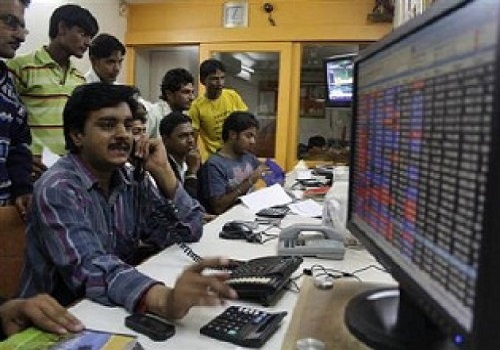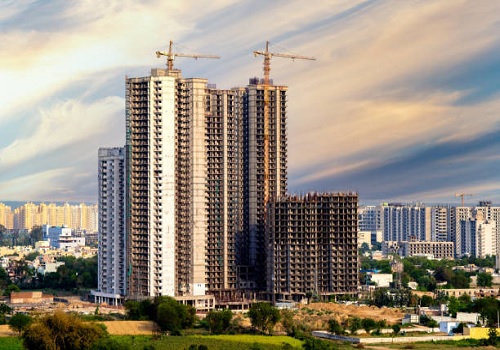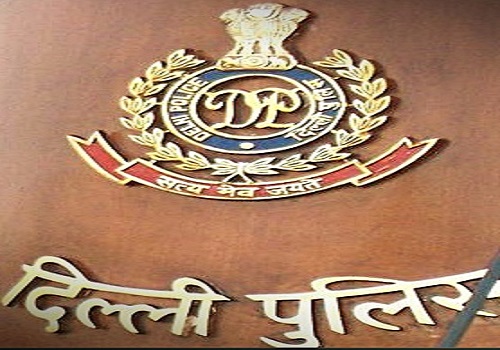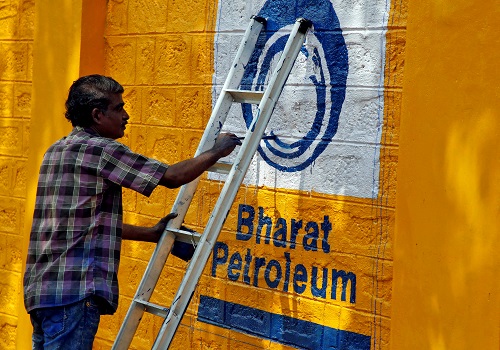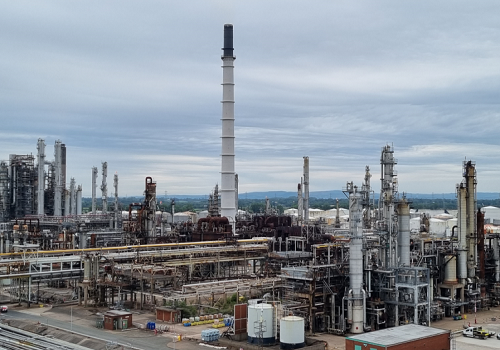Stable Soyabean Acreage Despite Regional Shifts : SOPA Report Highlights by Amit Gupta, Kedia Advisory
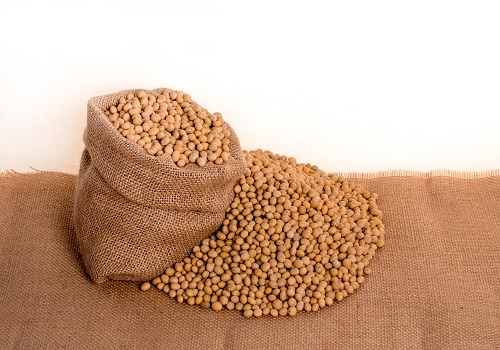
The Soyabean Processors Association of India (SOPA) reports soyabean acreage for the current kharif season at levels similar to last year’s 118 lakh hectares. Increases in Maharashtra and Karnataka balanced declines in Madhya Pradesh and Rajasthan. SOPA’s extensive survey found no major crop health threats but emphasized the importance of upcoming monsoon conditions. Government estimates closely align with SOPA’s findings, indicating a stable planting season overall.
Highlights
Soyabean Acreage Similar to Last Year: The Soyabean Processors Association of India (SOPA) reports that soyabean acreage this kharif cropping season remains comparable to the previous year's 118 lakh hectares, indicating stability in soyabean planting despite regional variances.
Increase in Maharashtra and Karnataka Offsets Declines: A decline in soyabean planting in key states like Madhya Pradesh and Rajasthan is counterbalanced by increased acreage in Maharashtra and Karnataka, helping maintain overall levels.
SOPA’s Extensive Ground Survey: SOPA conducted a comprehensive survey from July 10 to 16, 2024, covering over 4,500 kilometers in major soyabean growing districts of Madhya Pradesh, Maharashtra, and Rajasthan to assess crop acreage and health.
Shifts Between Soyabean and Other Crops: The survey revealed some farmers shifting from soyabean to crops like maize and pulses, while others moved from different kharif crops to soyabean, resulting in minimal net acreage change.
MP Soyabean Acreage Declines Slightly: In Madhya Pradesh, soyabean acreage dropped by 1.45% to 51.29 lakh hectares from last year's 52.05 lakh hectares, according to SOPA, while government estimates slightly higher at 52.34 lakh hectares.
Increase in Maharashtra Soyabean Acreage: Maharashtra saw a 4.31 lakh hectare increase in soyabean acreage, reaching 47.60 lakh hectares compared to 45.60 lakh hectares last year, aligning closely with government estimates of 47.69 lakh hectares.
Decline in Rajasthan Soyabean Acreage: SOPA estimated a decrease in Rajasthan’s soyabean area to 10.15 lakh hectares from last year’s 10.94 lakh hectares, with government figures at 10.58 lakh hectares, indicating a moderate decline.
Significant Drop in Telangana Soyabean Acreage: Telangana experienced a notable 22.14% reduction in soyabean acreage, falling to 1.4 lakh hectares from last year’s 1.789 lakh hectares, highlighting regional disparities in planting trends.
Karnataka Soyabean Acreage Increases: In Karnataka, soyabean acreage rose by 4.49%, reaching 4.26 lakh hectares from last year’s 4.07 lakh hectares, showing growth consistent with government estimates.
Crop Health and Future Outlook: SOPA found no major threats to crop health during the survey, but emphasized that future crop progress depends heavily on monsoon patterns, rainfall distribution, and temperatures in the coming months.
Conclusion
SOPA’s recent survey underscores the resilience of soyabean acreage this kharif season, maintaining levels comparable to last year despite regional fluctuations. The balanced increase in states like Maharashtra and Karnataka mitigates the decreases seen in Madhya Pradesh and Rajasthan. Crop health remains stable for now, but future progress is contingent on favorable monsoon patterns and weather conditions. The alignment of SOPA's and government estimates suggests reliable data, providing a solid foundation for stakeholders to plan accordingly. The continued monitoring of weather impacts will be crucial for predicting the final yield outcomes.
Above views are of the author and not of the website kindly read disclaimer

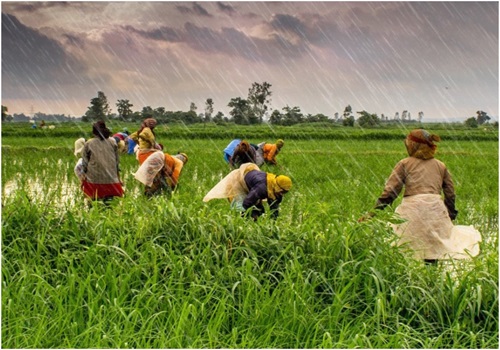
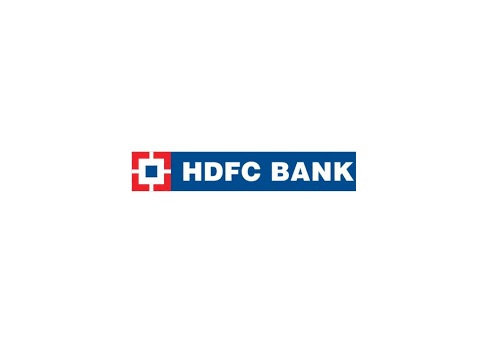




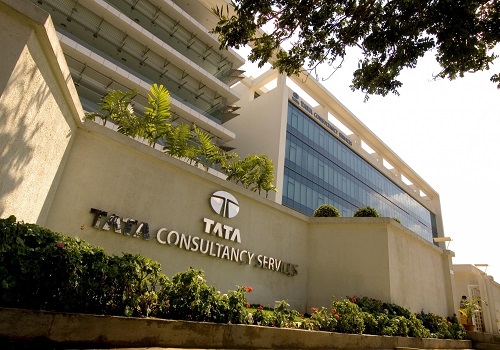


Tag News

Gold Advances to $2,750 Amid Trade Uncertainty and Rate Bets by Amit Gupta, Kedia Advisory


